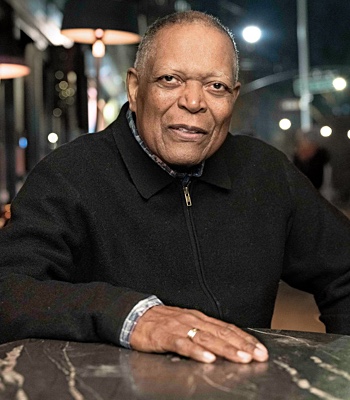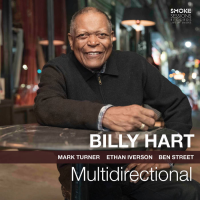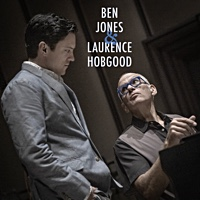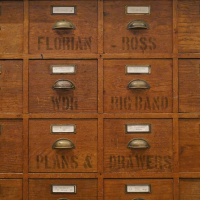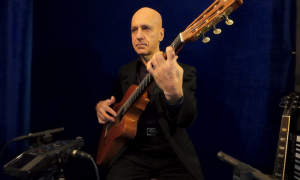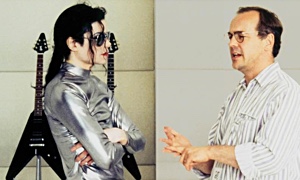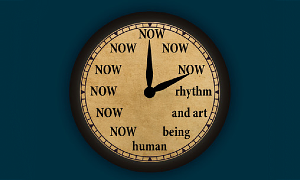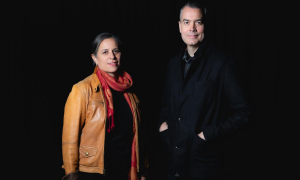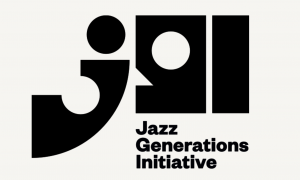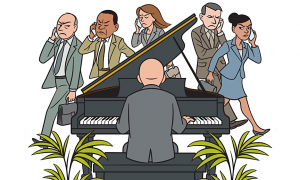It's video Friday! Today, one of the documentaries in the March of Time newsreel series that was shown in movie theaters from 1935 to 1951. This one is called In the Groove: The History of the Phonograph Industry (1949), which tracks the dramatic evolution of recording technology. The only error I caught is that the American Federation of Musicians didn't win a royalty from the recording industry in 1942, as the narrator states, but did so in 1944, when all record companies had signed its contract.
Also, the film doesn't fully explain why the recording industry went after the home market so aggressively in the late 1940s. The move was to avoid having to pay royalties to the AFM and to take advantage of the growing number of suburban homes being built following the passage of the G.I. bill and affordable home loans. More houses meant more phonographs and fewer middle-aged consumers willing to stand up every three minutes to turn over 78s.
But perhaps the most egregious oversight of all is the film's failure to showcase or mention black jazz giants, which was par for the course back then. Through this film, we see why black bebop musicians fought so hard for independent recognition in the mid-1940s and why they kept their newly invented musical language a secret for as long as possible.
Yet the film does offer many surprises, including footage of Eddie Condon, AFM president James Petrillo, Fran Warren and, lastly, Ella Fitzgerald (accompanied by pianist Billy Taylor and bassist Ray Brown) singing How High the Moon.
Here's In the Groove...
Also, the film doesn't fully explain why the recording industry went after the home market so aggressively in the late 1940s. The move was to avoid having to pay royalties to the AFM and to take advantage of the growing number of suburban homes being built following the passage of the G.I. bill and affordable home loans. More houses meant more phonographs and fewer middle-aged consumers willing to stand up every three minutes to turn over 78s.
But perhaps the most egregious oversight of all is the film's failure to showcase or mention black jazz giants, which was par for the course back then. Through this film, we see why black bebop musicians fought so hard for independent recognition in the mid-1940s and why they kept their newly invented musical language a secret for as long as possible.
Yet the film does offer many surprises, including footage of Eddie Condon, AFM president James Petrillo, Fran Warren and, lastly, Ella Fitzgerald (accompanied by pianist Billy Taylor and bassist Ray Brown) singing How High the Moon.
Here's In the Groove...
This story appears courtesy of JazzWax by Marc Myers.
Copyright © 2025. All rights reserved.


